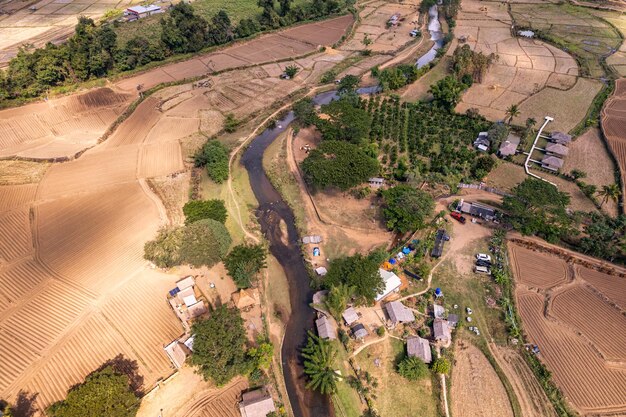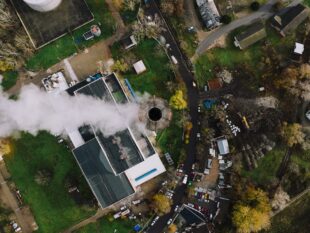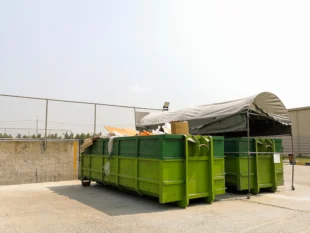Paving The Way: Navigating Challenges In Rural Infrastructure Development
by Mony Shah Community and Social Services Published on: 18 January 2024 Last Updated on: 27 March 2024

Rural communities across the United States have faced various challenges when accessing modern infrastructure and essential services. Dive deep into the intricacies of rural infrastructure development, the significance of federal funding, and how it can create good-paying jobs, support families, and spur economic growth in these underserved areas.
The Importance Of Rural Infrastructure
Bridging The Gap In Rural America

A rural community often needs to catch up to its urban counterparts in terms of infrastructure. This gap affects the quality of life and the economic opportunities available to rural families.
Many rural communities need access to modern conveniences like fast internet, clean drinking water, and dependable transportation.
Access To Essential Services
Modern wastewater systems, affordable electricity, and safe roads are fundamental to the well-being of rural communities. The lack of these infrastructure assets has posed significant challenges to rural development.
There are programs created that provide technical assistance, enhance infrastructure, and contribute to the restoration of natural landscapes. Funding is required for local leaders and private groups to obtain high-quality restoration tools and products from companies such as Granite Seed.
Economic Growth And Job Creation
One of the primary objectives of some infrastructure laws is to spur economic growth in rural areas. The government aims to create good-paying jobs for rural Americans by investing in infrastructure projects.
These projects will provide technical assistance and improve the overall quality of life for rural families.
Necessary Federal Funding

The federal government plays a crucial role in supporting Americans living in rural areas. With competitive grants and federal funds allocated to rural infrastructure, local governments can take significant steps toward improving their communities.
These funds are instrumental in addressing roadway fatalities and improving transparency in rural development projects.
Harnessing The Power Of Agriculture For Restoration
Revitalizing Agricultural Practices
Rural areas are often synonymous with agriculture, and it plays a pivotal role in the livelihoods of rural families. As part of the broader infrastructure development strategy, there is a growing emphasis on harnessing agriculture for restoration and revegetation.
By promoting sustainable farming practices, such as afforestation, agroforestry, and reforestation, rural communities can actively contribute to restoring ecosystems and mitigating climate change.
Protecting Biodiversity
Restoration efforts are not limited to roads and bridges. They extend to the preservation of natural habitats. Rural infrastructure development plans increasingly incorporate measures to protect local flora and fauna.
This step not only maintains the ecological balance but also enhances the quality of life for rural residents.
Creating A Brighter Future For Rural Communities

Rural communities can thrive in the modern world with access to clean drinking water, affordable power, and high-speed internet.
The investments made through laws like the bipartisan infrastructure law will support rural America in its journey toward economic growth and prosperity.
Last Words
The challenges rural communities face in the United States are multifaceted, but the bipartisan infrastructure law delivers hope and tangible solutions. By providing federal funding for dedicated projects, the government is taking steps to create a more equitable and prosperous future for all.
Read Also:







































































































